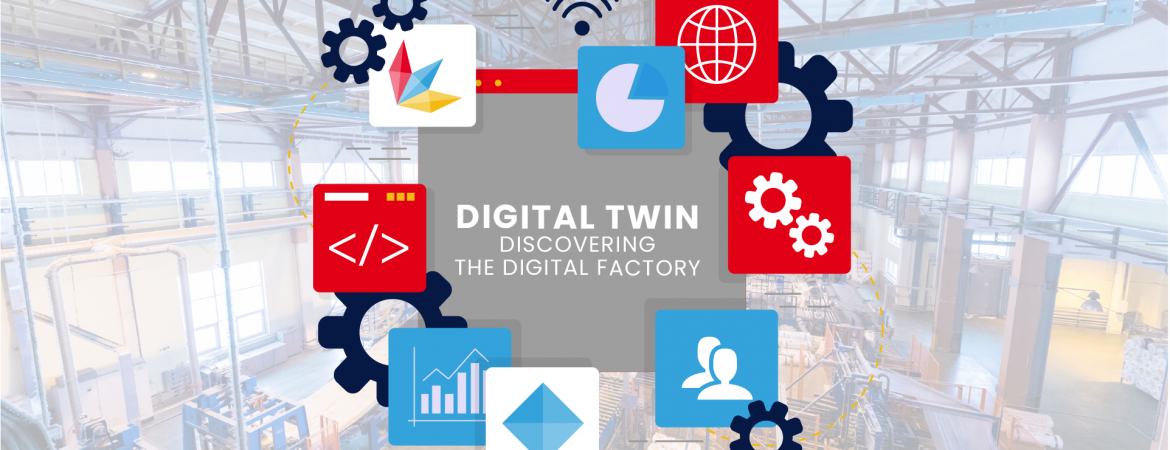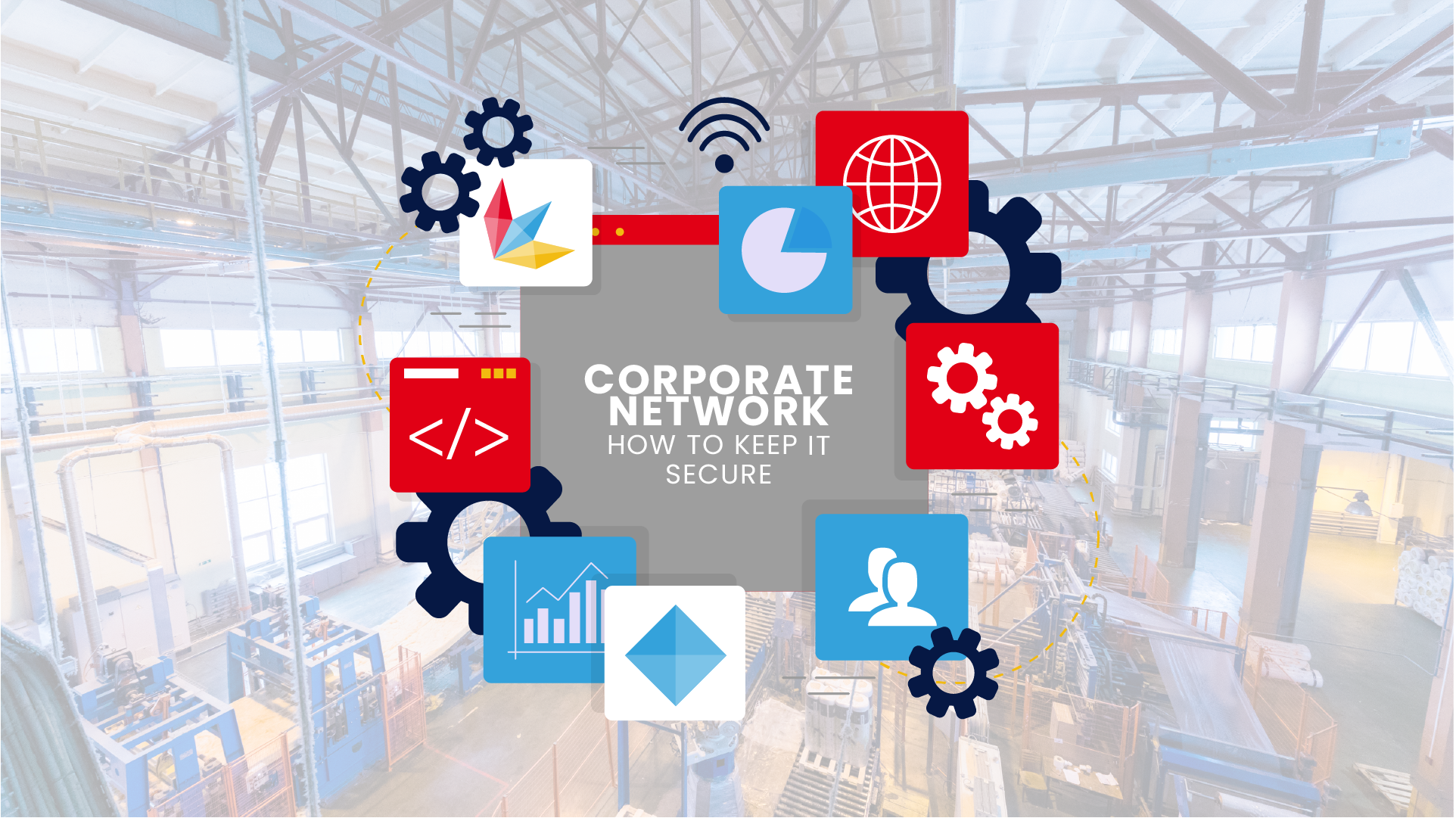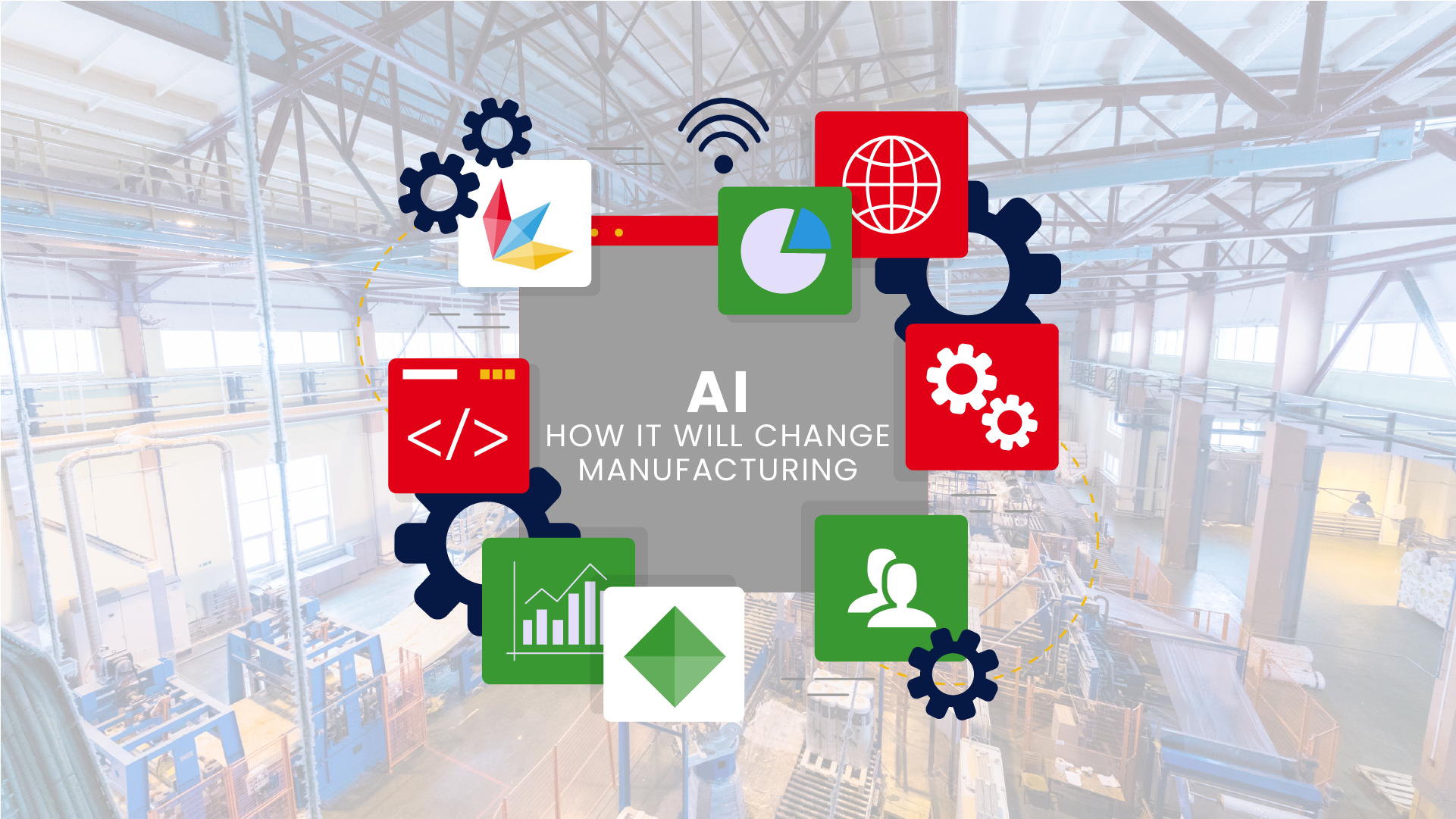In the context of the digital transformation of production systems, Digital Twins (DTs) have become a key enabling technology for advancing toward Smart Manufacturing models. The need to reduce variability in processes, identify inefficiencies, and replicate optimal production conditions makes DTs a strategic tool for enhancing the competitiveness of manufacturing enterprises.
Modern industry is moving toward full digitalization of processes, which demands a holistic, integrated, and sustainable vision. Within this landscape, Digital Twins emerge as a disruptive technology—both technical and cultural—that not only mirrors physical systems but also acts as a transformative element capable of influencing decision-making at all organizational levels.
Definition and Operational Principles of a Digital Twin
A Digital Twin is a dynamic digital model, updated in real-time, of a physical entity. This could be a single asset, a production plant, an assembly line, or a complete process. Its core function is to integrate process and contextual data, enabling simulations, continuous monitoring, and predictive analytics.
In manufacturing, DTs enable the convergence between physical systems and digital environments, providing a systemic view of the entire value chain. The availability of contextualized data is crucial for continuous improvement, performance optimization, and agile responses to disruptions. Moreover, predictive modeling facilitates the anticipation of complex phenomena and better resource allocation, aligning with advanced lean manufacturing strategies.
Common Challenges in Industrial Data Management
Despite the abundance of data in most companies, this data is often unstructured, heterogeneous, fragmented across legacy systems, and therefore difficult to exploit. The lack of interoperability and analytical expertise severely limits the potential value of this data.
Without an integrated vision, decisions are often based on incomplete information, perpetuating structural inefficiencies. DTs address these challenges by providing an infrastructure capable of collecting, standardizing, synchronizing, and operationalizing production data. They also promote semantic standardization and data flow traceability, enabling new practices in data governance and distributed analytics.
Architecture and Functionality of an Industrial Digital Twin
Building a DT begins with defining a process map, where each entity (product, batch, serial number) is associated with critical variables: operating conditions, physicochemical parameters, environmental data, and more. This information is collected via sensors and SCADA/MES systems, integrated through IIoT platforms, and organized in a real-time updated database.
A centralized data environment allows various professional profiles—process engineers, data scientists, operators—to access consistent data, fostering data-driven approaches even among non-technical users. This cross-functional accessibility accelerates decision cycles and encourages collaboration across departments.
The true value of DTs lies in their ability to dynamically model system behavior, reflect operational changes, and test alternative scenarios without affecting real-world production. Models may include latent variables calculated through machine learning or statistical inference, enabling deeper insights into industrial phenomena.
Five High-Impact Applications of Digital Twins in Smart Manufacturing
- Accelerated Time-to-Market
Virtual simulation environments drastically reduce validation time for new products or process changes. DTs allow rapid, low-risk feasibility testing. - Quality Control and Performance Optimization
DTs continuously monitor output conformity with specifications, allowing timely interventions. Integrated statistical process control enables quality-by-design strategies. - Increased Production Efficiency
Ongoing performance analysis highlights bottlenecks, waste, and resource inefficiencies. Integration with energy management systems supports sustainable resource use. - Predictive Maintenance and Downtime Reduction
By integrating historical and real-time data, DTs anticipate failures, minimizing unplanned downtimes and maintenance costs. Reliability-centered maintenance models can be dynamically updated via DTs. - Virtual Validation and Early Commissioning
Simulating production systems before commissioning enables the testing of complex scenarios and reduces integration errors. Virtual commissioning smooths the deployment of complex systems and validates control logic in advance.
Integration with IIoT Platforms
IIoT platforms serve as the technological backbone for DTs. They collect, process, and distribute data from diverse sources (PLCs, sensors, ERP, MES). When integrated with DTs, they enable advanced Business Intelligence, predictive modeling, and real-time control.
For example, the Braincube platform automates ETL (Extraction, Transformation, Load) processes, contextualizes data with material flows, and powers advanced analytics applications. Low-code interfaces also enable non-technical users to interact with models, broadening the impact of operational intelligence.
The synergy between DTs and IIoT also supports adaptive control systems and the automatic generation of strategic insights. Cloud-native architectures ensure scalability and interoperability with other digital tools such as MES, PLM, and energy management systems.
Conclusion
The value of a Digital Twin lies not in the technology itself, but in its ability to generate actionable insights from data. For manufacturing companies aiming to meet the challenges of Industry 4.0 with a systemic approach, DTs represent a foundational strategic asset.
They help organizations move beyond passive data collection toward active governance, innovation, and continuous optimization. When implemented with clear objectives and the right enabling technologies, DTs are not just viable—they are essential.
Looking ahead, DTs will likely be combined with generative AI, augmented reality, and edge computing to further enhance real-time decision-making, making manufacturing increasingly resilient, sustainable, and autonomous.




